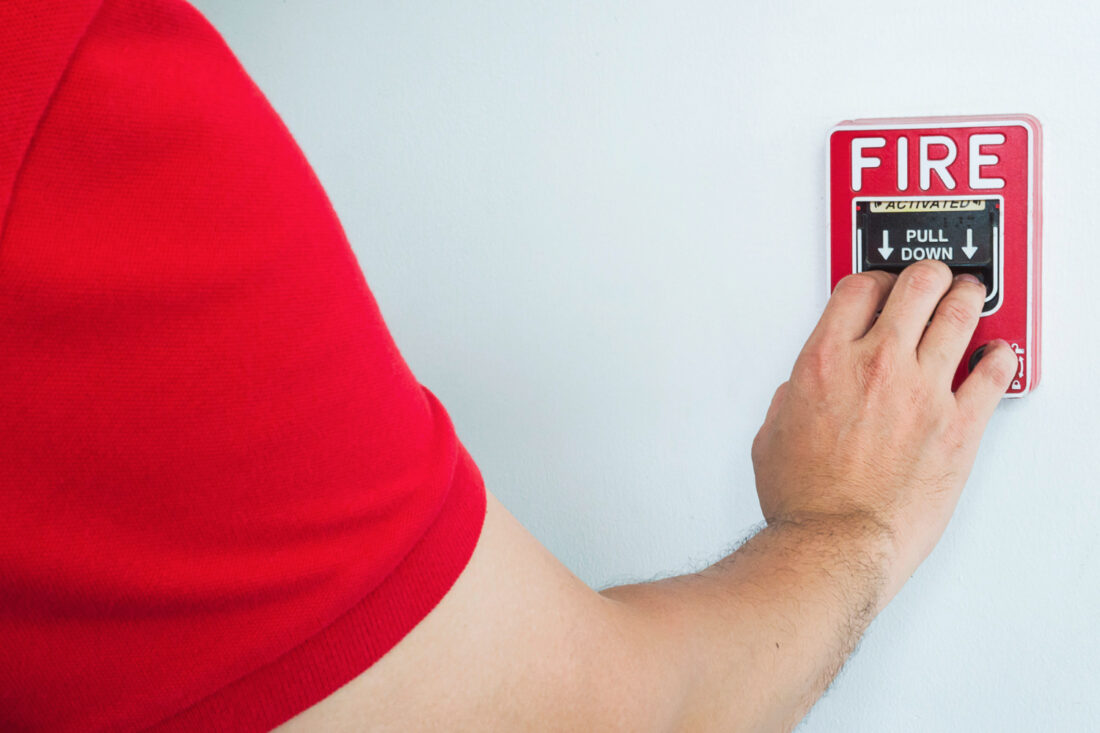4 Ways to Safeguard Your Business From Fires

As a business, fire safety should be an integral part of your main priorities. After all, a fire could lead to someone getting hurt, not to mention having to replace expensive equipment, and fall behind on precious work time. If you don’t have a plan set in place yet, then here are some of the most important things you should keep in mind if you intend to keep your business safe from fires.
Install a Fire Detector
The most straightforward and effective way to ensure safety is to install a fire detector so you can react right and keep your property and employees safe. Your fire detection system should not only include a smoke detector, but also a heat detection and carbon monoxide detector. This will give you the best all-around protection from the dangers of fires.
Remember, it’s your job to ensure that you test and monitor these systems regularly to ensure they’re in working order. You can’t count on them if you don’t conduct regular maintenance and aren’t verifying whether they’re functioning properly.
Install Fire Extinguishing Mechanisms
Detecting a fire alone isn’t enough to ensure that you can protect yourself from it. You’ll need to do your part to put the fire out as much as possible while the emergency responders arrive. That’s why you’ll need to ensure that you have sprinklers installed throughout your business, as well as extinguishers accessible for your employees and your employees know where to find them.
Conduct Safety Training
It’s critical that your employees know how to respond to a fire if one occurs. That’s why safety training should be an integral part of your plan. Educate your employees on how to respond to fires, and what actions they need to take to protect themselves, and also their fellow employees. Go over how to assist others, how to evacuate, and most importantly how to use a fire extinguisher.
You’d be surprised how many people when faced with the panic of a fire don’t know how to properly operate an extinguisher. A little bit of training can help them prepare if they’re ever faced with having to put a fire out.
Beyond training, consider how building features can support both emergency response and routine safety checks. In many commercial spaces, properly specified floor access doors provide safe, flush-mounted entry to basements, service voids and plant rooms without creating trip hazards or obstructing egress routes. Selecting fire-rated or recessed-lid options helps these access points meet codes while blending with flooring finishes. Accessing information on their floor access doors can support this goal, offering insight into discreet, fire-compliant solutions that enhance both safety and usability. Ensuring physical infrastructure is just as robust as your training helps create a workplace that’s genuinely prepared for emergencies. When both people and the built environment are ready to respond, your overall safety strategy becomes far more effective.
Develop a Plan
You should have a thorough plan in place so that everyone knows exactly what’s expected of them in the event of a fire. Remember, a plan doesn’t just include what to do during the fire. It should also outline what goes on before during and after to ensure everyone is on the same page.
You want to make sure that you include everything in your plan from emergency phone numbers to meeting points, and go over the information regularly to ensure everyone is well versed.









